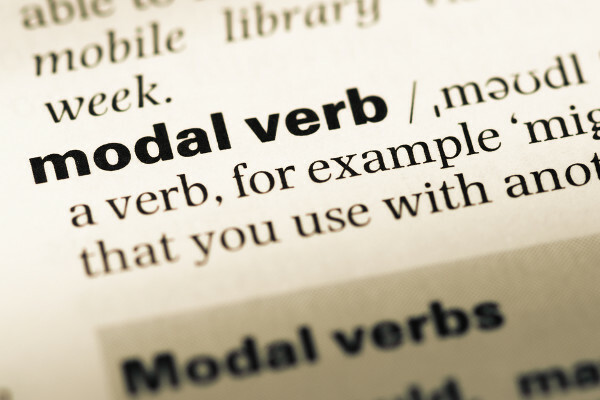A very useful topic in studying a foreign language is the designation of colors. This information can be used, for example, to describe places, people and objects.
Before we look at the color names, it's important to know that the word "color" can be translated in two ways in English:
- color: typical variant of US English
- colour: typical variant of British English
Look at the table below and learn the colors in English:

Tip: when we want to refer to a color that is somewhat undefined, but where there is a predominance of a certain hue(s), we add the suffix "-ish":

Attention!
- when the word designating the color ends with "e", the "e" is eliminated and "ish" is added. Example: blue > bluish
- when the word designating the color ends with "consonant+vowel+consonant", the consonant is repeated and "ish" is added. Example: red > reddish
For a more childlike approach to the topic, see Colors in English - Kids.
Word order in the sentence: adjective > noun
It is important to remember that when a certain color has the function of an adjective in a sentence, it must be placed before the noun.
Example: A yellow house it's new. > The yellow house is new.
Home > Casa, Lar: substantive
Yellow > yellow: adjective
Read too:
- Adjectives in English
- English nouns
Color classification
Colors can be divided into different groups: primary, secondary, tertiary, warm, cold and neutral. See below:

Light color or dark color?
When, in addition to referring to a color, we want to specify its hue, we just add the words light/pale or dark, as illustrated in the examples below:
- light blue: light blue or pale blue
- dark blue: dark blue
- light green: light green or pale green
- dark green: dark green
Therefore, to designate a Bright colour, just add the word light/pale and to designate a dark color, just add the word dark.
figurative senses of colors
In the English language, some colors are directly associated with certain emotions, feelings and/or characteristics. See some examples:
- yellow: cowardice
- blue: sadness, melancholy
- red: shame; anger
- green: inexperience
Idioms of the English language with colors
As in the Portuguese language, many idioms are illustrated by the figurative meanings of colors. Let's look at some examples:
- The white lie: a little lie, a lie without malice
- once in a blue moon: rarely
- out of the blue: out of the blue
- to feel blue: being in the pit
- black eye: black eye (bruise)
- to be green: being inexperienced, immature
- to give/get the green light: give/receive carte blanche (for something to be done)
- I have a green thumb: have a "good hand" for planting
- to be green with envy: being purple with envy
- The golden opportunity: a golden opportunity
- I'm in the red: be in the red (bank account)
- I'm raising a red flag: signal that something is wrong
- to catch someone red-handed: catch someone with their mouth in the bottle
See too:
- Body parts in English
- House Parts in English
- fruit in english
- Animals in English


